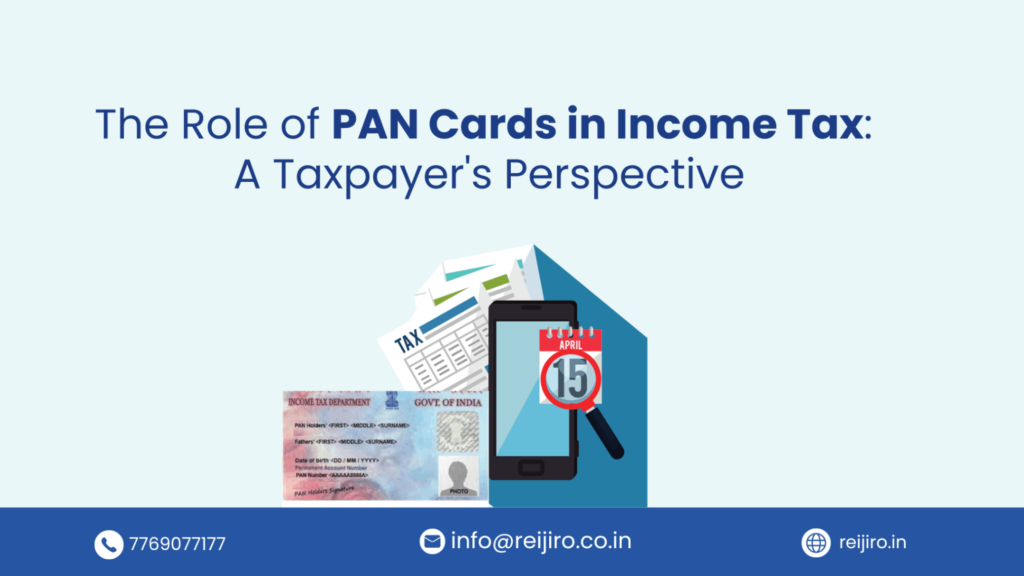The Role of PAN Cards in Income Tax: A Taxpayer’s Perspective
Introduction:
Understanding the importance of Permanent Account Number (PAN) cards in the realm of income tax is crucial for every taxpayer. This comprehensive guide aims to shed light on the various facets of PAN cards, their significance in income tax, and how they shape a taxpayer’s perspective.
What is a PAN Card?
Definition:
A PAN card is a unique alphanumeric identifier issued by the Income Tax Department of India. It serves as a universal identification key for individuals and entities participating in financial transactions.
Structure:
Breaking down the structure of a PAN card, we find that it comprises a ten-character code, including letters and numbers. Each element in the code has a specific significance, making the PAN card a distinct identifier for every taxpayer.
Significance of PAN Cards in Income Tax
Identification:
PAN cards play a pivotal role in identifying taxpayers and linking their financial transactions. This ensures transparency in financial dealings and helps the government track and analyze economic activities.
Taxpayer’s Perspective:
From the taxpayer’s viewpoint, having a PAN card simplifies the income tax filing process. It becomes a comprehensive tool for reporting various financial transactions, including salary, property transactions, and investments.
PAN Card and Income Tax Returns
Mandatory Requirement:
Elaborating on the mandatory requirement, we delve into how PAN cards are essential for filing income tax returns. Without a PAN card, taxpayers may face difficulties in complying with tax regulations.
Streamlining the Process:
The integration of PAN cards in the income tax system streamlines the process of tax assessment and ensures that taxpayers fulfill their financial obligations. This section details how the PAN card acts as a bridge between the taxpayer and the income tax department.
PAN Card and Financial Transactions
Banking and Investments:
Discussing the wide-ranging impact, we explore how PAN cards are crucial in financial transactions such as opening bank accounts and making investments. This section explains the seamless integration of PAN cards in these processes.
Property Transactions:
For property transactions, the PAN card becomes a vital component. Its inclusion in property dealings helps curb black money and ensures that transactions are legitimate and transparent.
Updating and Verifying PAN Card Details
Importance of Accuracy:
Highlighting the importance of accuracy, this section emphasizes the need for taxpayers to regularly update and verify their PAN card details. Outdated or inaccurate information can lead to complications during income tax assessments.
Online Methods:
Providing a step-by-step guide, we explain the online methods available for updating and verifying PAN card details. This ensures that taxpayers can easily maintain accurate information, reducing the chances of errors.
Misconceptions:
Addressing common misconceptions surrounding PAN cards, we aim to clarify doubts that taxpayers might have. From myths about the application process to misconceptions about its necessity, this section provides clarity.
Conclusion:
In conclusion, the role of PAN cards in income tax is multidimensional. From being a unique identifier to streamlining financial transactions, its impact on a taxpayer’s perspective is undeniable. This guide aims to empower taxpayers with the knowledge needed to navigate the intricacies of PAN cards and income tax regulations. By understanding the significance and ensuring accurate information, taxpayers can contribute to a transparent and efficient financial system.



